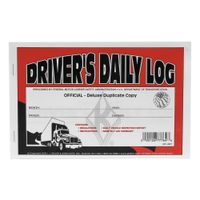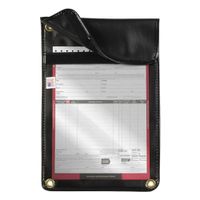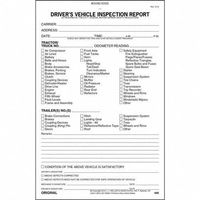- Home
- Fleet Vehicle Maintenance
- Vehicle Accessories
- Vehicle Inspection Documentation
Vehicle Inspection & Documentation
Inspection forms and documentation help companies track driver activity and comply with commercial vehicle driver hours and service regulations. Driver logbooks provide a structured and organized method to assist fleet drivers with logging daily driving hours, activities, inspections, and expenses. .....Read More
Frequently Asked Questions
What are the requirements for driver logbooks according to FMCSA regulations?
How do vehicle inspection forms help in complying with FMCSA standards?
What information should be included in a driver logbook?
How can companies ensure accurate tracking of driver hours and activities?
What are the benefits of using log holders and binders for drivers?
How do rulers assist in calculating hours of service in logbooks?
What are the common mistakes to avoid when filling out driver logbooks and inspection forms?


